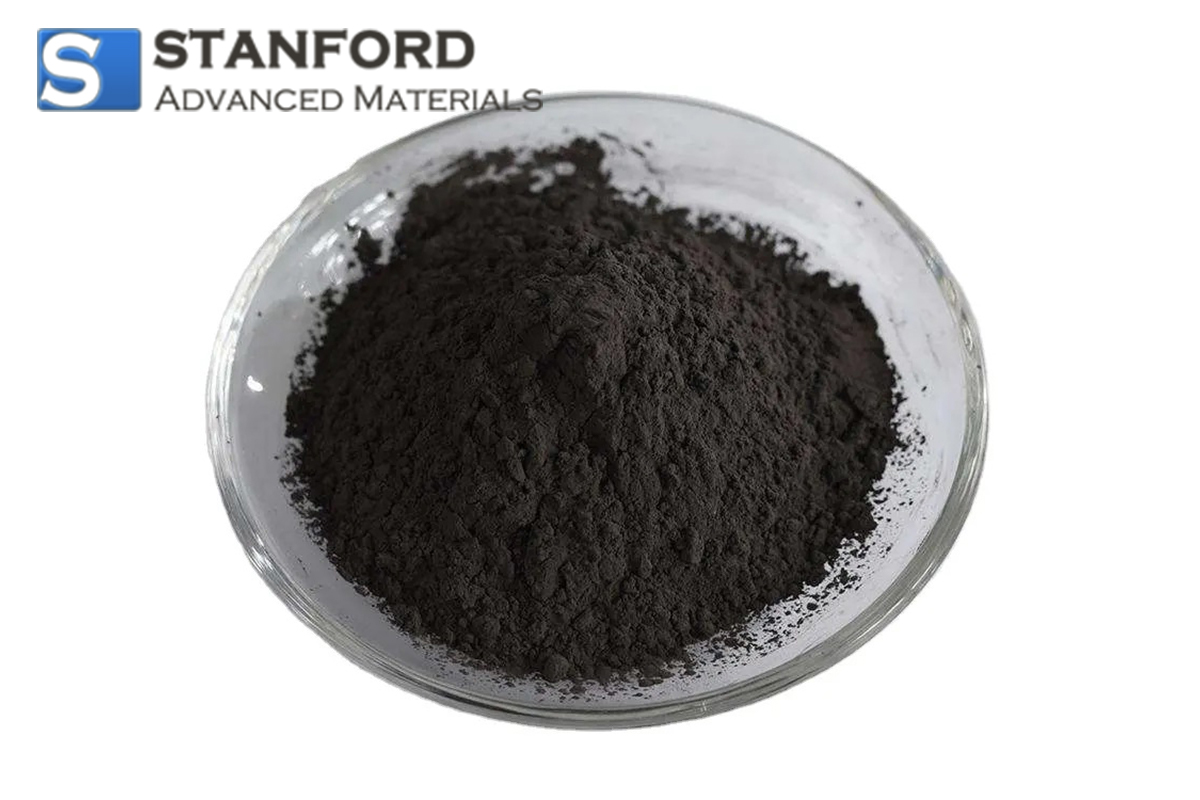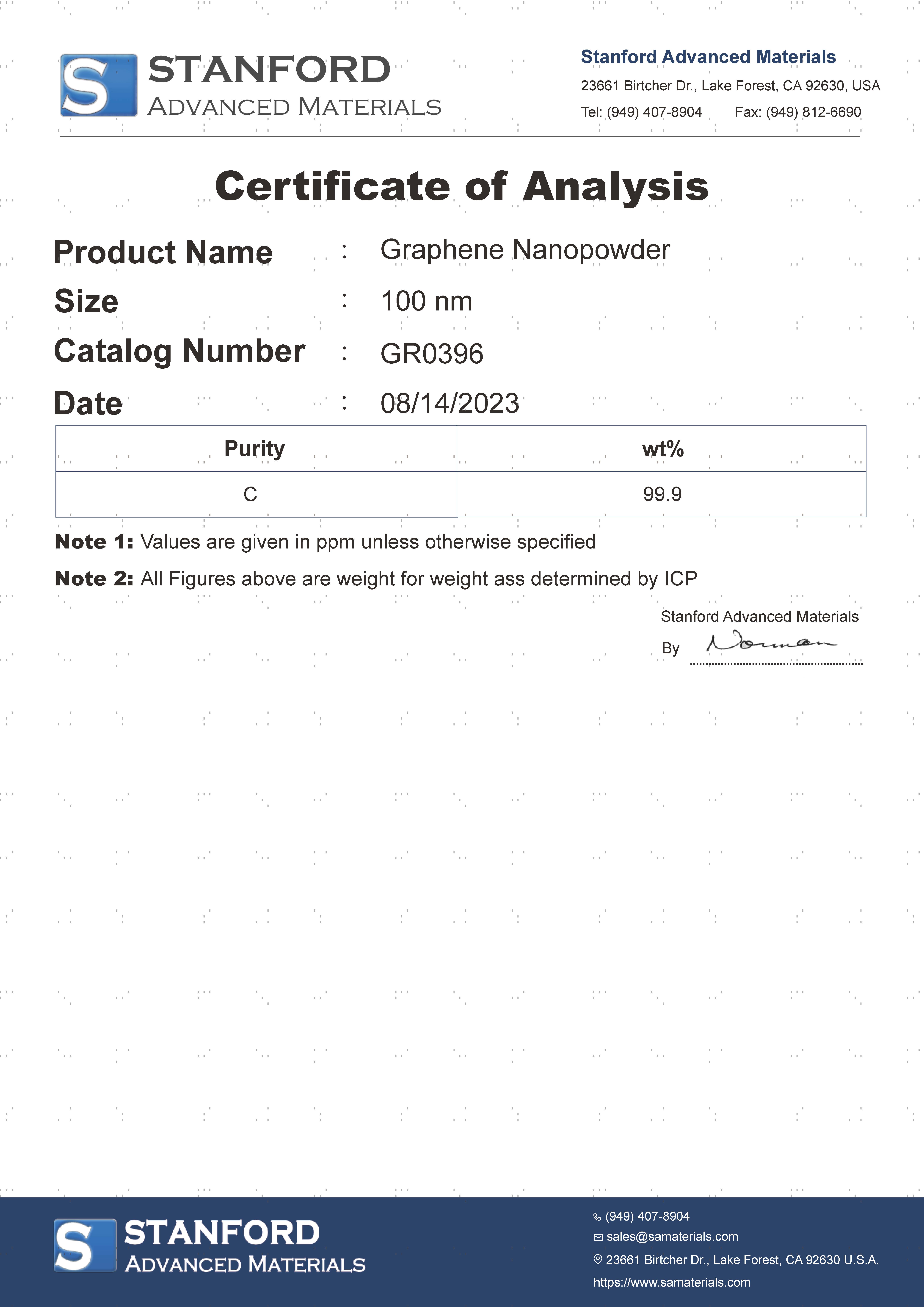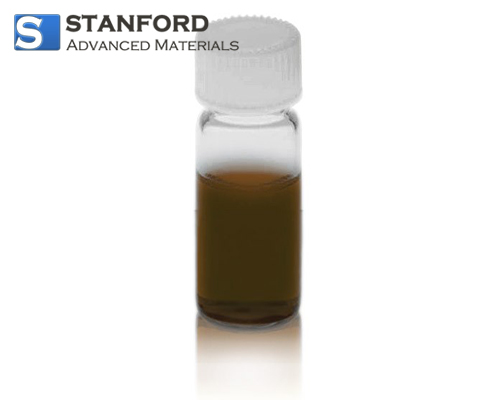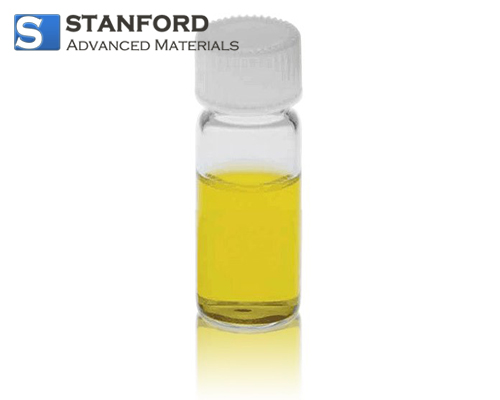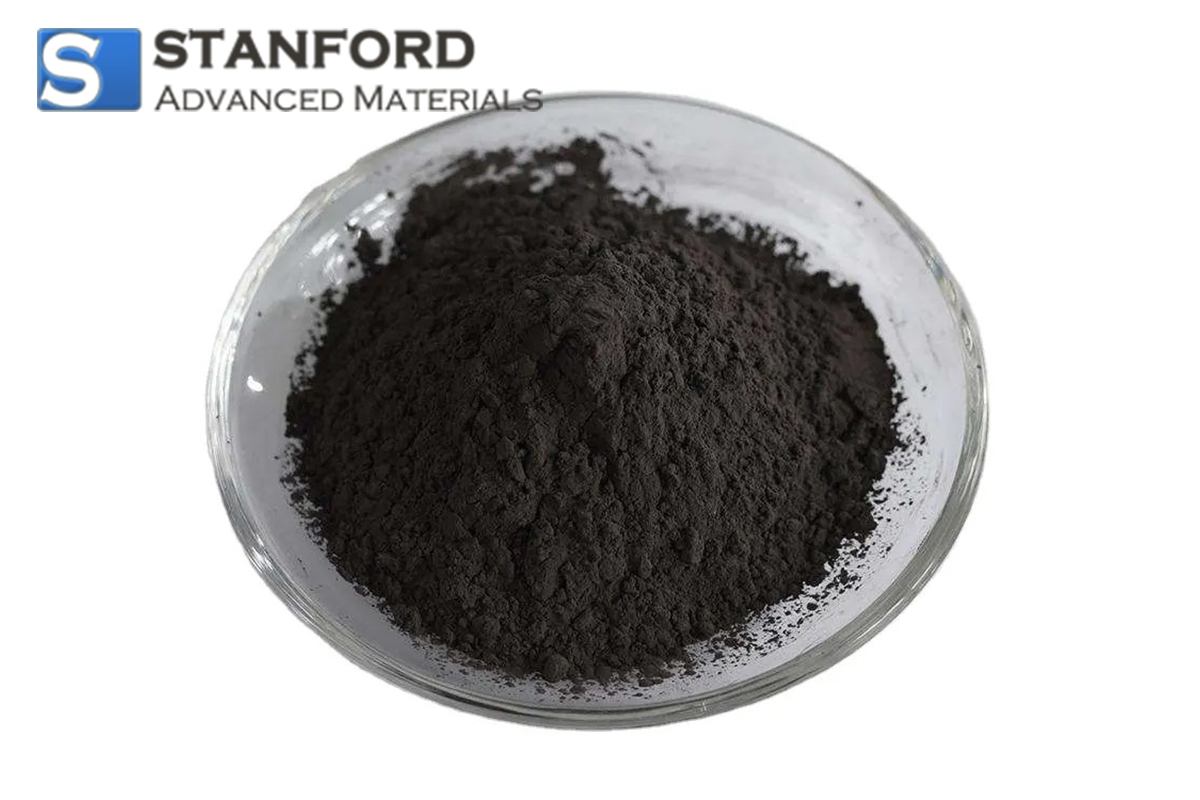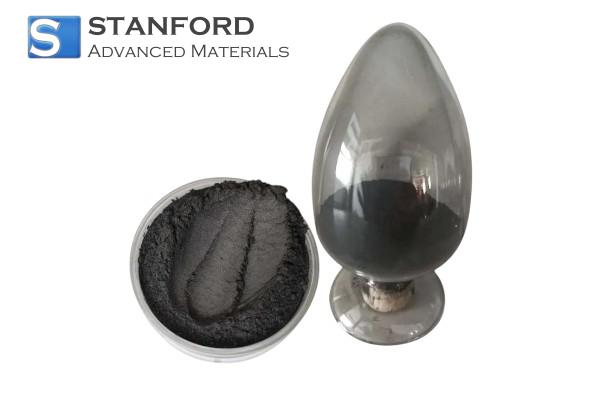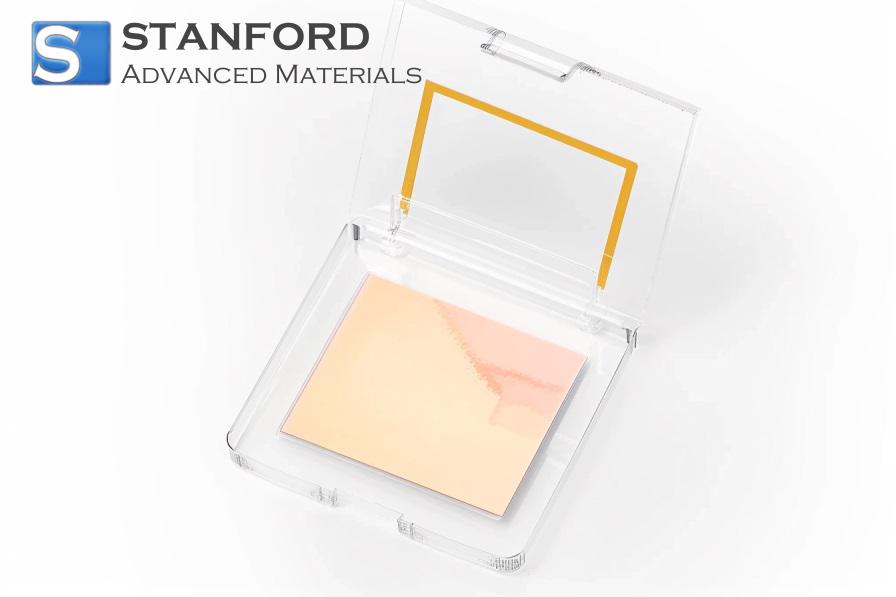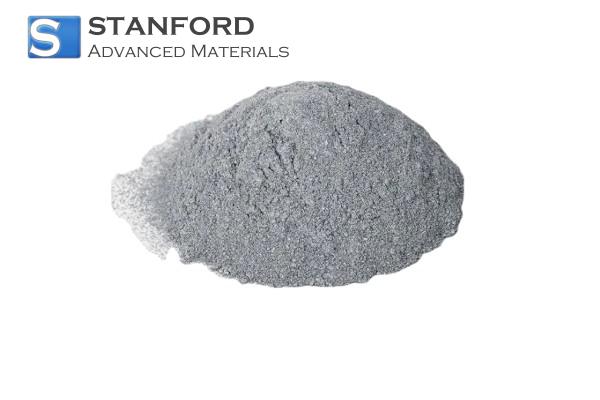Graphene Nanopowder: Diameter 100nm Description
Graphene powder is globally considered as being a ‘wonder material,’ owing to its impressive properties. It is also known as graphene nanopowder, due to its nano-structural behavior. It is one of the strongest and ideal conductors of heat and electricity. This immensely versatile material is finding increasingly widespread application in research and diverse industries all over the world.
We can provide our customers with high-quality graphene nanopowder with an extremely high surface area. Our graphene usually has 1-8 layers and the average thickness is 0.4-0.5nm. Various dispersions of our graphene products can be ordered instead of bulk powder.
SEM (Scanning Electron Microscope) Image

XRD (X-ray Diffraction)

Raman Spectroscopy

Graphene Nanopowder: Diameter 100nm Specification
|
Catalog No.
|
GR0396
|
|
Color
|
Black
|
|
Purity
|
>99%
|
|
APS
|
100nm
|
|
Specific Surface Area(m2/g)
|
200 ~ 1000
|
Graphene Nanopowder Applications
1. Energy Storage: Graphene Nanopowder is widely used in batteries and supercapacitors due to its high electrical conductivity and large surface area. It enhances the performance of lithium-ion batteries, improving energy density, charge/discharge rates, and cycle life. In supercapacitors, it contributes to higher capacitance and faster charge times.
2. Composite Materials: Graphene Nanopowder is incorporated into polymers, metals, and ceramics to create advanced composite materials. These composites exhibit enhanced mechanical strength, thermal stability, and electrical conductivity, making them ideal for aerospace, automotive, and construction industries.
3. Electronics: In the electronics industry, Graphene Nanopowder is used to develop high-performance components such as transistors, sensors, and flexible displays. Its excellent conductivity and thinness enable the creation of smaller, faster, and more efficient electronic devices.
4. Conductive Inks: Graphene Nanopowder is used in conductive inks for printed electronics, including flexible circuits, RFID tags, and wearable devices. These inks allow for the creation of lightweight, flexible, and highly conductive printed components.
5. Thermal Management: Due to its high thermal conductivity, Graphene Nanopowder is used in thermal management solutions for electronics and other heat-sensitive applications. It is incorporated into thermal interface materials (TIMs) and heat spreaders to efficiently dissipate heat and improve device performance.
6. Sensors: Graphene Nanopowder's sensitivity to various gases and chemicals makes it an excellent material for sensors. It is used in gas sensors, biosensors, and environmental monitoring devices, providing high sensitivity, selectivity, and rapid response times.
7. Biomedical Applications: In the biomedical field, Graphene Nanopowder is explored for drug delivery, bioimaging, and tissue engineering. Its biocompatibility and ability to be functionalized make it suitable for targeted drug delivery systems, where it can carry therapeutic agents to specific sites within the body.
8. Water Treatment: Graphene Nanopowder is used in water purification systems due to its ability to adsorb heavy metals, organic pollutants, and bacteria. It is employed in filters and membranes to improve the efficiency of water treatment processes, ensuring cleaner and safer water.
9. Coatings and Paints: Graphene Nanopowder is added to coatings and paints to improve their durability, corrosion resistance, and electrical conductivity. These enhanced coatings are used in protective finishes for metals, conductive paints, and anti-corrosive applications.
10. Additive Manufacturing (3D Printing): Graphene Nanopowder is used in 3D printing to produce high-strength, lightweight components with enhanced electrical and thermal properties. It allows for the creation of innovative designs in industries such as aerospace, automotive, and medical devices.
Graphene Nanopowder Packing
Our Graphene Nanopowder is carefully handled during storage and transportation to preserve the quality of our product in its original condition.
Graphene Nanopowder FAQs
Q1: What is the particle size distribution of Graphene Nanopowder (100nm)?
A1: The average particle size of the graphene nanopowder is 100nm, but it typically has a distribution of sizes, with most particles falling within the nanoscale range. The material can be tailored to suit specific applications by adjusting the size or surface modification to improve dispersion and compatibility with other materials.
Q2: What is the surface area of Graphene Nanopowder (100nm)?
A2: The surface area of graphene nanopowder varies depending on the specific production method and quality, but typically it ranges from 300 m²/g to 1000 m²/g. The high surface area enhances its reactivity, making it ideal for applications requiring high performance in areas such as energy storage or composites.
Q3: Is Graphene Nanopowder safe to handle?
A3: Graphene nanopowder is generally considered safe to handle when proper safety precautions are followed. As with all nanopowders, precautions should be taken to avoid inhalation or ingestion, and gloves, masks, and eye protection should be used during handling. Additionally, it's important to store and dispose of the nanopowder in accordance with safety guidelines to prevent environmental exposure.

